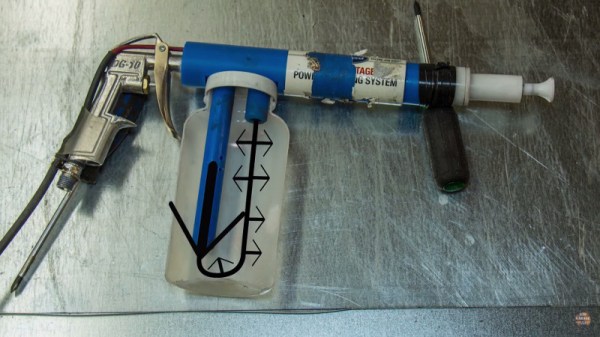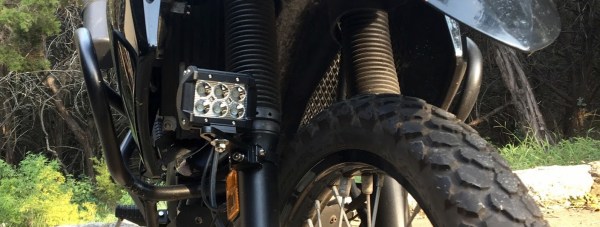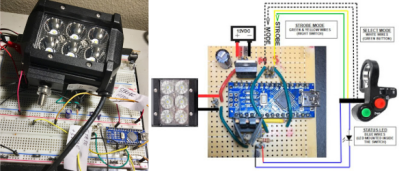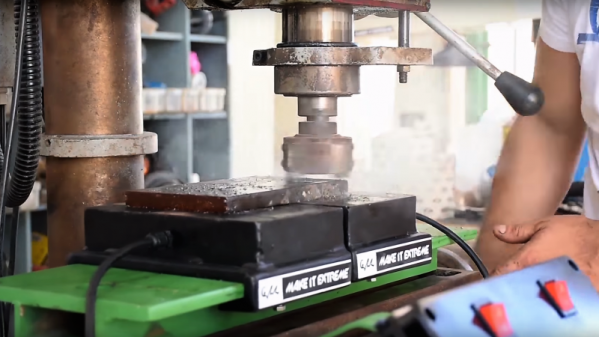“When all else fails, there’s ham radio.” With Hurricane Harvey just wrapping up, and Irma queued up to clobber Florida this weekend, hams are gearing up to pitch in with disaster communications for areas that won’t have any communications infrastructure left. And the perfect thing for the ham on the go is this ham shack in a box.
Go-boxes, as they are known, have been a staple of amateur radio field operations for as long as there have been hams. The go-box that [Fuzz (KC3JGB)] came up with is absolutely packed with goodies that would make it a perfect EmComm platform. The video tour below is all we have to go on, but we can see a tri-band transceiver, an RTL-SDR dongle and a Raspberry Pi with a TFT screen for tracking satellites. The Pi and SDR might also be part of a NOAA satellite receiver like the one [Fuzz] describes in a separate video; such a setup would be very valuable in natural disaster responses. Everything is powered by a 12-volt battery which can be charged from a small solar panel.
[Fuzz] is ready for action, and while we genuinely hope he and other hams won’t be needed in Florida, it doesn’t seem likely at this point. You can read more about the public service face of ham radio, or about an even more capable go-box.
Continue reading “A Ham Radio Go-Box Packed With Functionality”


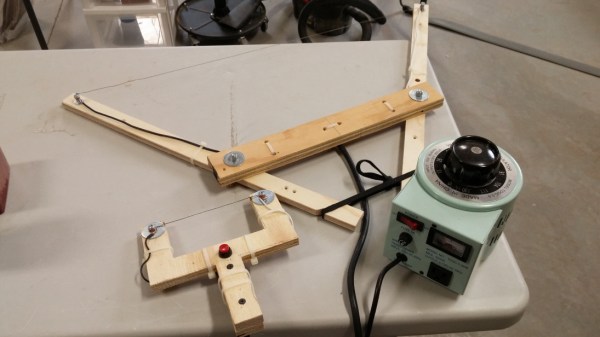
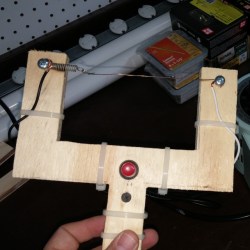 [Bithead] built two hot wire cutters with nichrome wire. The first was small, but the second was larger and incorporated some design refinements. He also got an important safety reminder when he first powered on with his power supply turned up too high; the wire instantly turned red and snapped with an audible bang. He belatedly realized he was foolishly wearing neither gloves nor eye protection.
[Bithead] built two hot wire cutters with nichrome wire. The first was small, but the second was larger and incorporated some design refinements. He also got an important safety reminder when he first powered on with his power supply turned up too high; the wire instantly turned red and snapped with an audible bang. He belatedly realized he was foolishly wearing neither gloves nor eye protection.